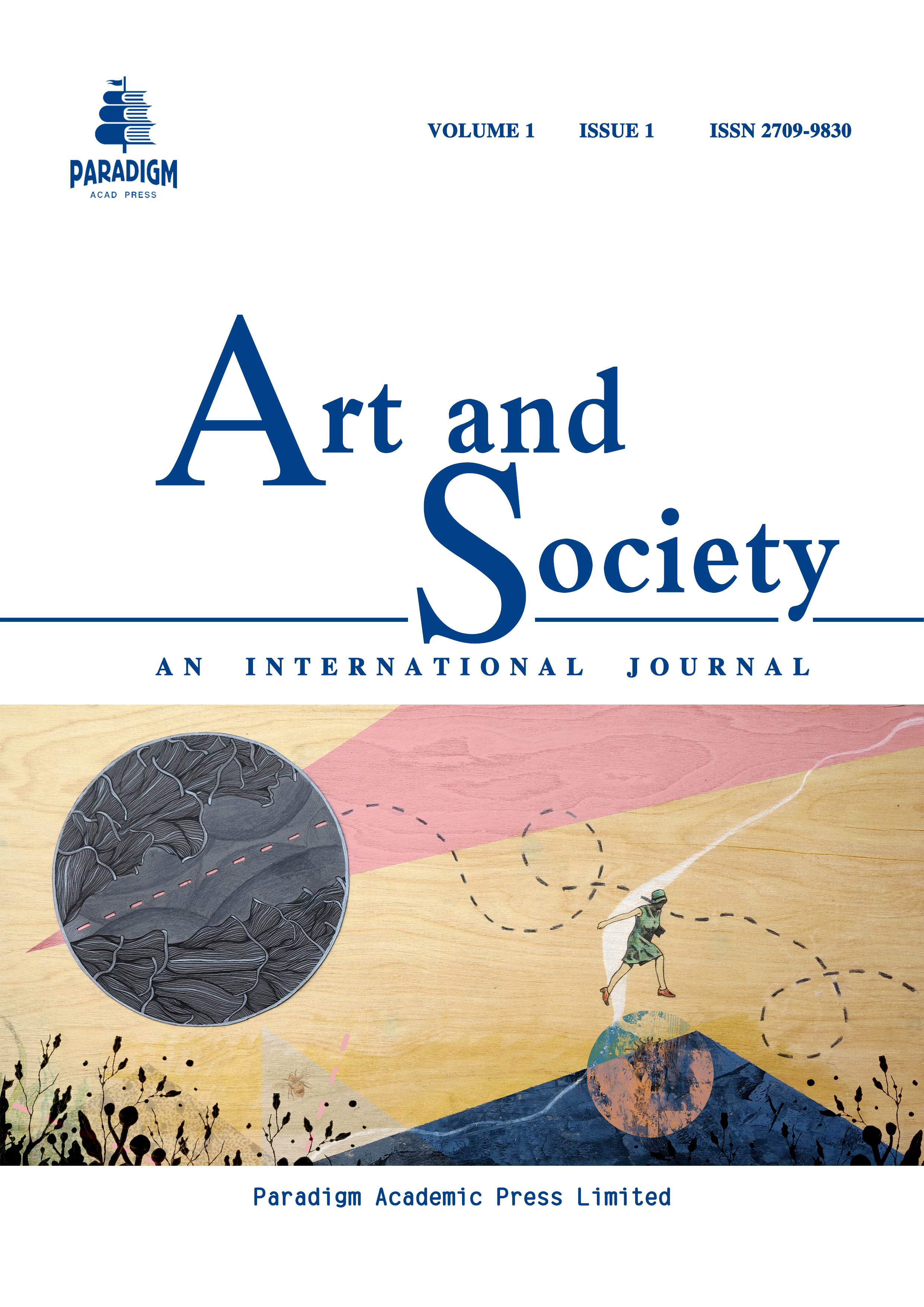Trauma, Recovery and the Phantoms of History in Oates’ Carthage
Keywords:
trauma, recovery, CarthageAbstract
Carthage is a novel published by Joyce Carol Oates in 2014. It portrays the trauma and recovery experienced by a veteran of the Iraq War through the narrative of a girl’s disappearance. Previous studies reveals that it’s connection with ancient literature and can be read as a modern gothic story. However, this study employs Caruth’s trauma theory to reveal the causes and manifestations of the protagonist’s trauma in Carthage and then utilizes Judith Herman’s theory of trauma recovery to explore how the protagonist emerges from trauma and returns to normal life. Ultimately it aims to create connections between the traumatized individual, society, and the historical past. The finding reveals that while depicting the brutality of war and individual trauma, this novel seeks to subvert and rectify historical accounts that have been marginalized or inaccurately represented by conventional historical perspectives. By showcasing the authentic traumatic experiences of these marginalized individuals, it endeavors to construct novel historical narratives.


